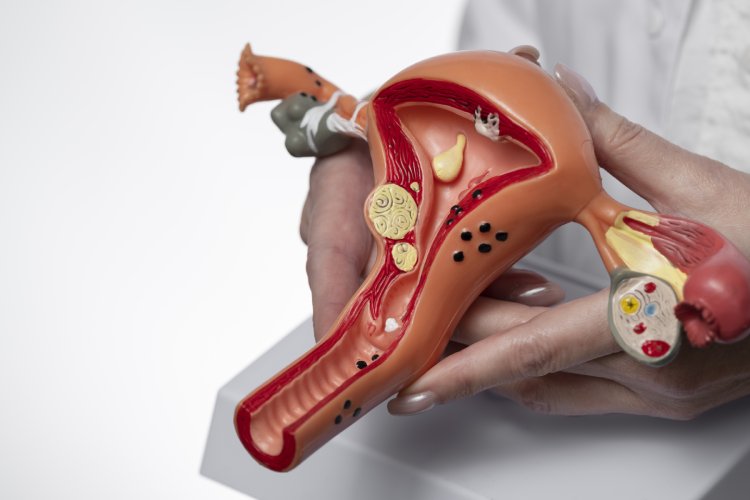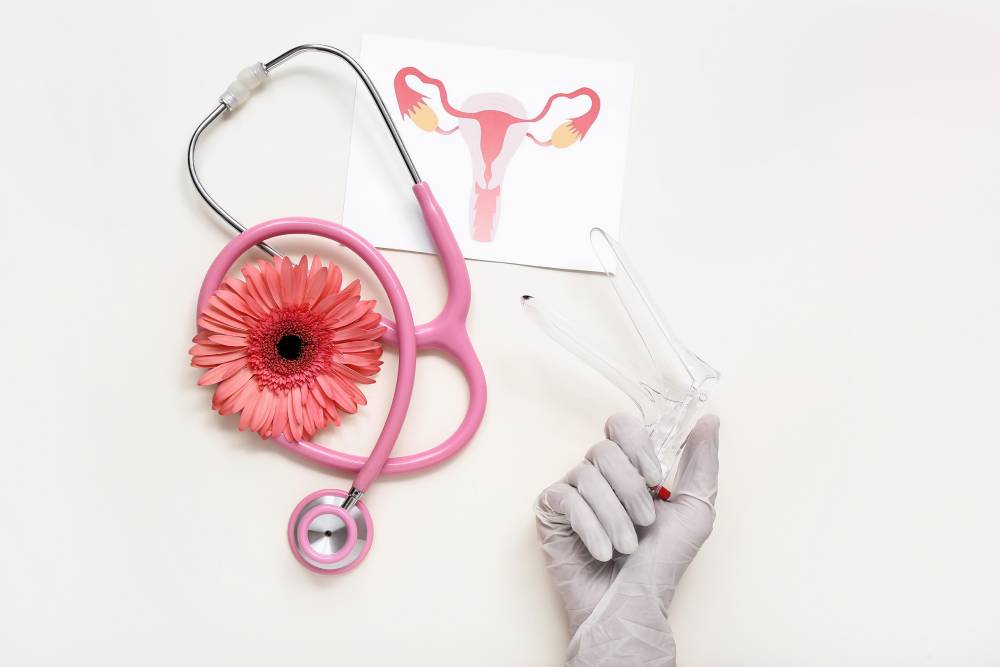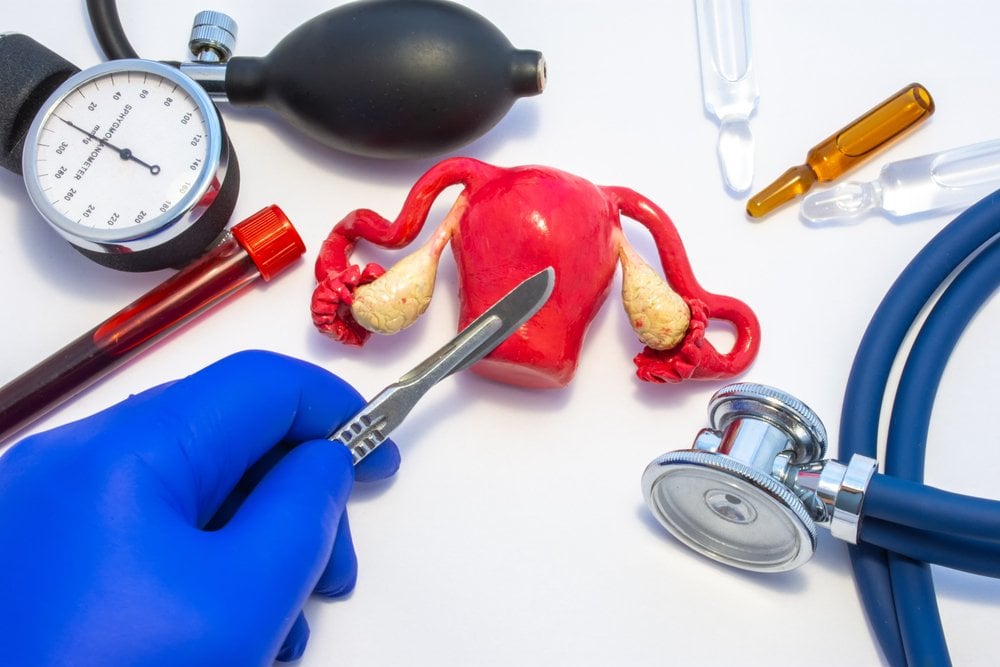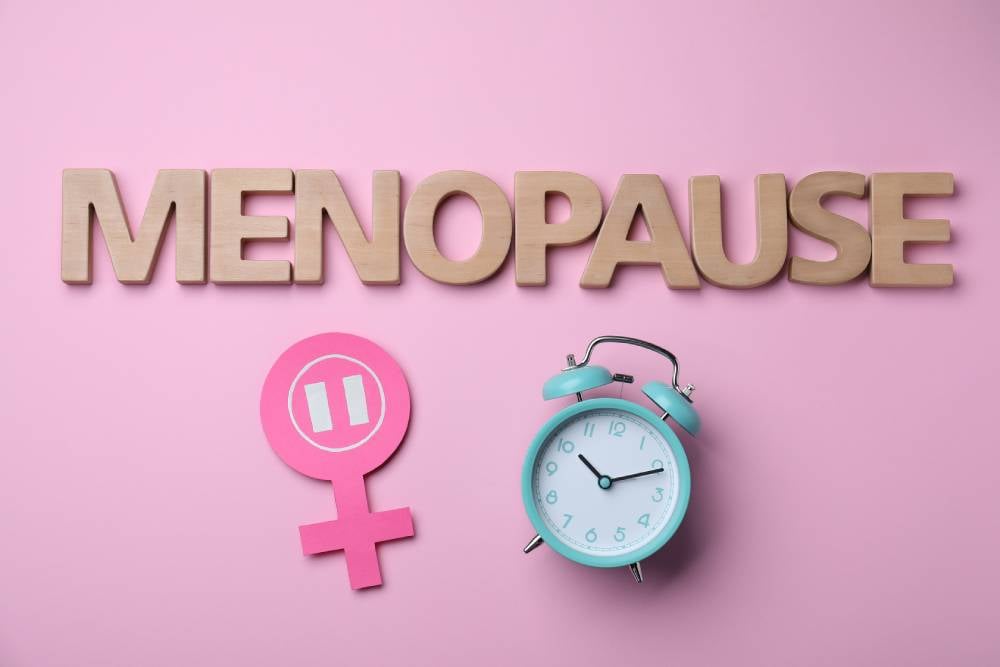Uterine Fibroid Embolization (UFE) : The Minimally Invasive Solution You Need for Fibroids
Out of the several gynecological conditions in women, Uterine fibroids are quite common but very discomforting conditions affecting millions of women worldwide.










